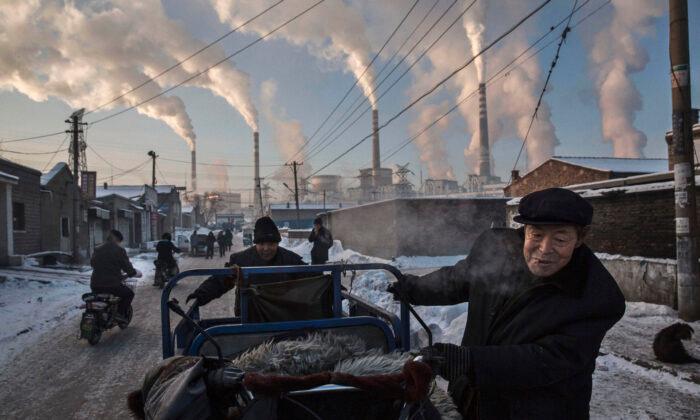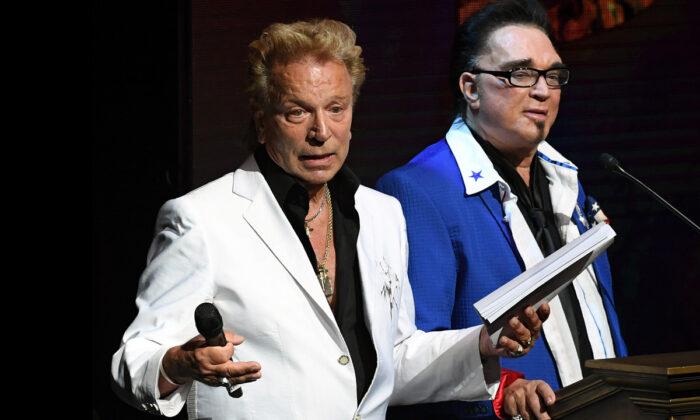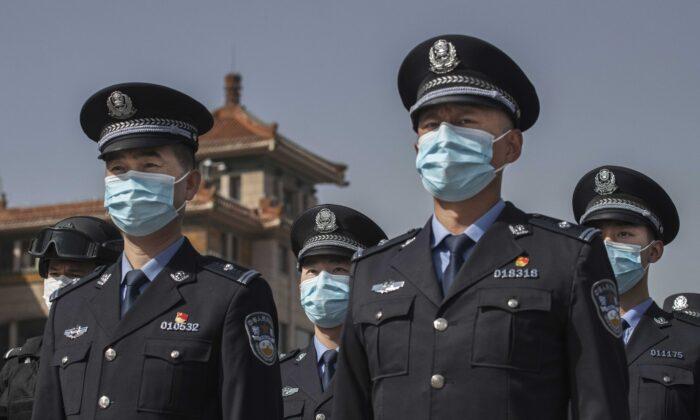There’s a great deal of talk today about “fake news” and disinformation.
Almost always, the object of the disinformation is someone or something that’s receiving allegedly undeserved criticism. That’s not the only way disinformation can work, however. Sometimes, it can “frame” an object in a positive manner.
It appears that China is engaged in a similar disinformation effort, especially when it comes to carbon emissions and climate change, and that effort has been going on for some time.
In 2007, reacting to an announcement by China that blamed the United States for global warming, former U.S. Vice President Al Gore said, “They’re right in saying that.”
One year later in Poland (not quite a year ago), he praised China’s leadership for tackling climate change, saying that China is “one of the few countries on track to meet its Paris commitment,” according to China’s state-run news agency Xinhua. He went on to explain that China had already exceeded some of its own targets on renewables. (More on China’s targets below.)
While Gore and Hansen aren’t the only environmental activists who have said good things about China, nor are these the only times that they have spoken on the subject, these serve as examples to provide a flavor of the way global warming activists talk about the communist dictatorship in China.
China’s problem is coal. It may be the world’s biggest producer of solar panels, but a lot of them are built for export. China runs on coal. It’s both the world’s leading producer and the world’s leading consumer of coal, and its capacity is expanding. From 1985 to 2016, coal provided about 70 percent of China’s energy. That, of course, came at a high environmental cost.
Of course, coal mined in one area needs to be shipped if it’s to be used in another area. China just opened the Menghua Railway, the nation’s longest coal-transporting railway line. This railway, over 1,000 miles long, is expected to carry about 200 million tons of coal annually from the mining areas in northern China to the industrial hub in the South.
None of this expansion in mining or shipping bodes well for the air quality in China, which is already a significant problem. In a recent poll sponsored by state-run newspaper China Daily, more respondents listed pollution as their No. 1 concern than anything else. The expansion also suggests that perhaps China isn’t the model of enlightenment when it comes to combating man-made climate change.
Of course, for the disinformation campaign to succeed, criticism must be suppressed. Recently, the China Meteorological Administration issued regulations prohibiting weather forecasts by anyone other than the state’s official meteorological agencies. Violators are subject to fines of almost $8,000.
Perhaps even more disconcerting, in 2015, a former TV journalist in Beijing released a feature-length documentary titled “Under the Dome.” It has been called China’s version of Al Gore’s climate change documentary, “An Inconvenient Truth.” Millions of Chinese people watched “Under the Dome” online and saw its criticism of the Chinese regime for tolerating poor air quality.
Within a week of it being posted, however, major Chinese websites pulled it down under orders from the Communist Party’s central propaganda department.
Open debate—especially criticism of the government—can’t be tolerated. Even the “progress” that China’s defenders cite when hailing the nation’s environmental record is misleading.
Regarding China’s “targets,” it has pledged to reduce “carbon emission intensity,” but the nation hasn’t promised to impose an emissions ceiling. “Carbon emission intensity” measures the amount of carbon released per dollar of economic activity. Thus, with more economic activity, more emissions can be justified. So, total emission levels might continue to climb, and China would still be meeting its targets as long as economic growth outpaces those emissions.
That isn’t the kind of promise Western nations are making or being asked to make.
In the end, this is a beautiful piece of disinformation. China aggressively pursues its economic agenda using the least expensive energy available to it. It’s able to claim to be meeting its environmental goals, and Western “experts” point to it as an example of environmental responsibility.
Moscow would be proud.





